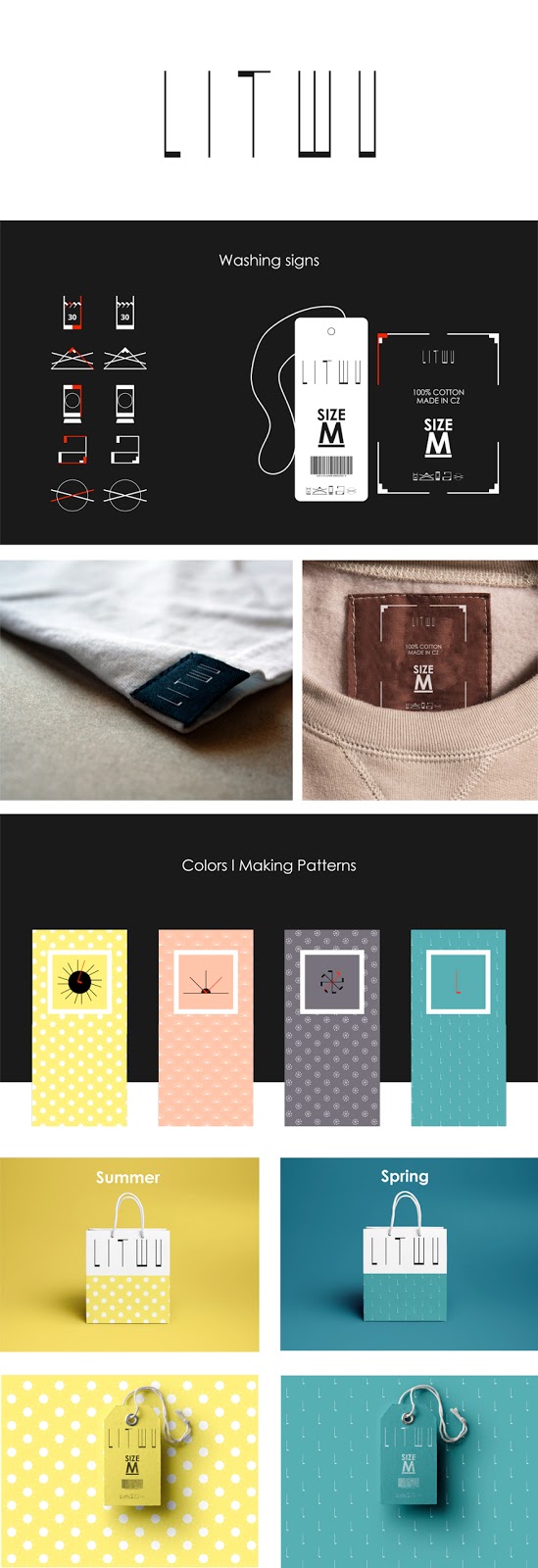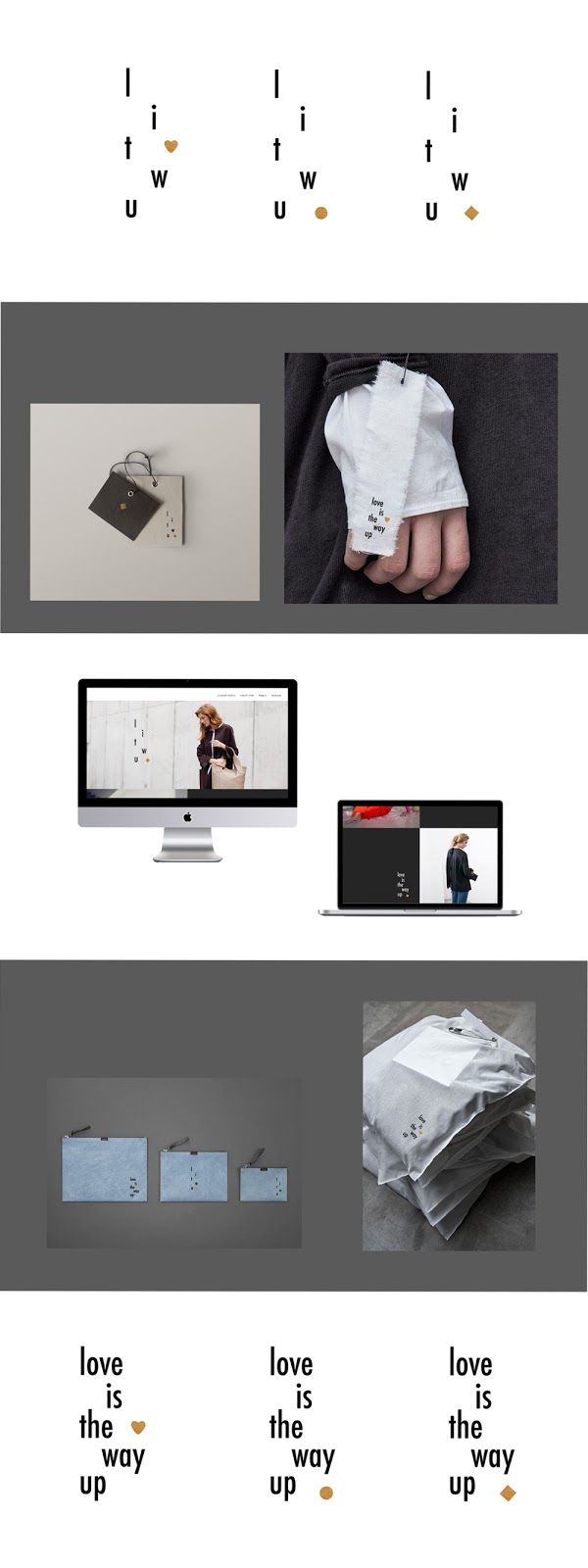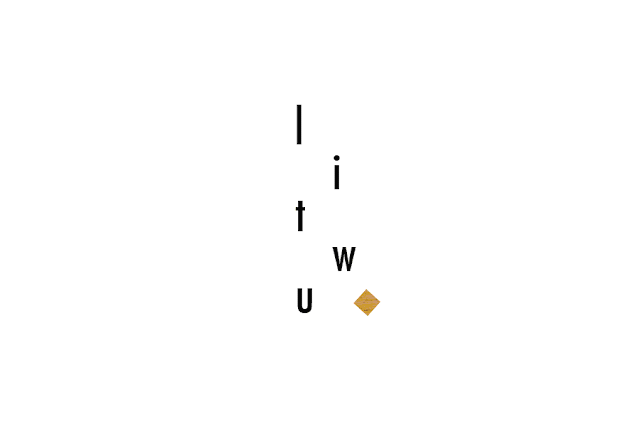Within the past semester a group of my 1st year HND students at Prague college worked on assignment called Behaviour. Their task was to choose a public space or environment where people gather and possibly also interact with each other. By their design or interventions in the selected place the students were supposed to change the people's behaviour (in a positive way). In real life such task would require more time and lots of testing especially when trying to break the ingrained habits or routine. This project was rather supposed to make the students aware of the design power and to encourage them to step away from traditional graphic design and observe the environment we live in. The brief was completely open and the students didn't fail to demonstrate their creative thinking. I was happy to see the diversity of approaches and various results - from fun encouraging idea to practical solutions to conceptual answer.
Martina Drobna found her late evening commuting quite annoying especially when waiting on the station for a long time. She observed that also other co-waiting people look rather bored. So she came up with an entertaining idea. Turn the flashlight on your phone and become an artist, or simply answer the question the drawing board offers. At the end, share your temporary creation on social media. Fun, isn't it?
 |
Behaviour by Martina Drobna |
Simon Rico uses one of the Prague's busiest metro stations on daily basis. Several entrances and exits in various directions cause lots of collision. In the narrow corridor it brings the travellers rather unpleasant experience. Simon came up with an idea to leave some paths only for exits and some only for entrances. The final solution would require the commuters to be disciplined but could indeed save time and avoid jamming with others.
 |
Behaviour by Simon Rico |
Jakub Vosecky decided to combine tidiness with fun and a bit of education. He picked Prague's district Letna which was known because of the massive Stalin's Monument (between years 1955 - 1962) - the world's largest representation statue of Joseph Stalin. Nowadays the remaining statue's pedestal is a popular place for skateboarders which directed Jakub's idea as well as his outcome's visual style. The aim to keep the area clean and to remind the history allowed for Stalbin to be created.
 |
Behaviour by Jakub Vosecky |
Jules Muijsers wanted to deliver a deeper message regarding life and time. He observed that people barely notice the surroundings while rushing through the streets. So he decided to stop them and make them think about themselves in terms of how they spend their time and life. His installation shows four different types of persons based on various approaches to time. The used material - thread - demonstrates connection to life. You can see life as a thread - sometimes hanging on one thin line only.
 |
Behaviour by Jules Muijsers |







